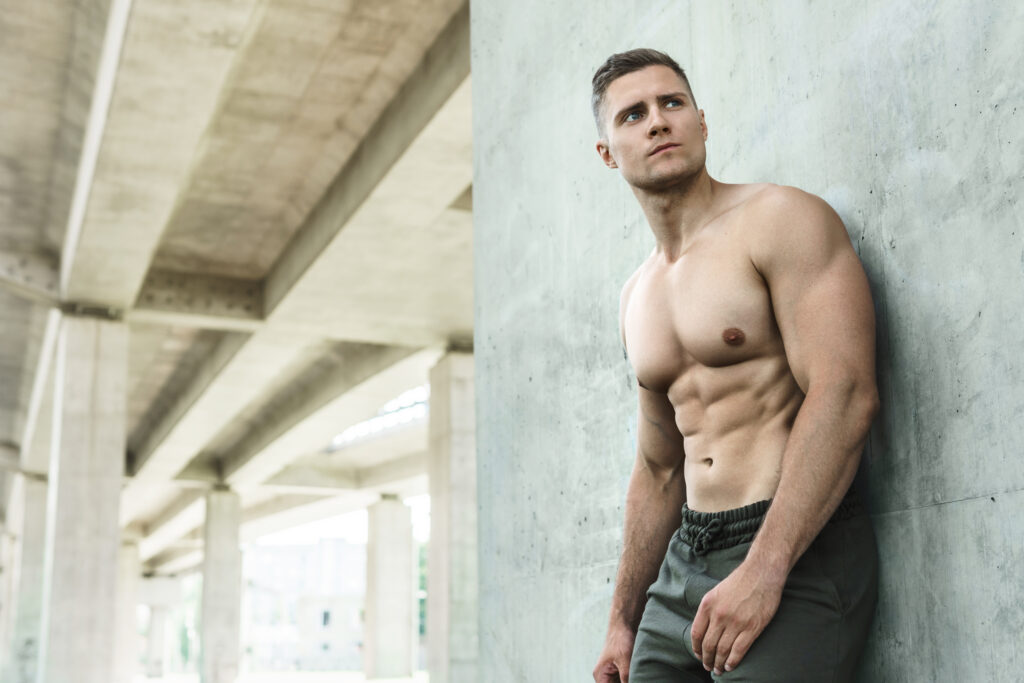Visible six-pack abs are often seen as a symbol of fitness and dedication to one’s physique. The visibility of the abs primarily depends on two factors: the development of the abdominal muscles and the percentage of body fat covering those muscles. For the abs to be visible, you generally need a lower body fat percentage. That’s why even people who don’t specifically train their abs but have a low body fat percentage might display a six-pack.
However, the appearance of a six-pack doesn’t directly translate to overall strength or functional fitness. Strength is a measure of how much force your muscles can exert, and it encompasses various aspects, including maximal strength (like lifting a heavy weight for one rep) and endurance strength (like performing many reps or sustaining an activity for a long duration). While having a toned and developed core can contribute to overall strength and stability, particularly in the midsection, it’s only one piece of the puzzle.
For instance, powerlifters can lift incredibly heavy weights, showcasing immense strength, but might not have visible six-pack abs because of a higher body fat percentage. Conversely, a slender individual with a low body fat percentage might have a noticeable six-pack but may not have the same lifting capabilities.
It’s also worth noting that there are other muscles in the core, like the obliques and the deep-lying transverse abdominis, which play significant roles in overall core strength and stability. These muscles might not contribute as much to the “six-pack” look but are vital for functional movements and overall strength.
While visible six-pack abs can be an indicator of low body fat and some muscle development, they aren’t a definitive measure of one’s overall strength or fitness. It’s essential to look beyond the surface and consider other facets of strength and functionality.

